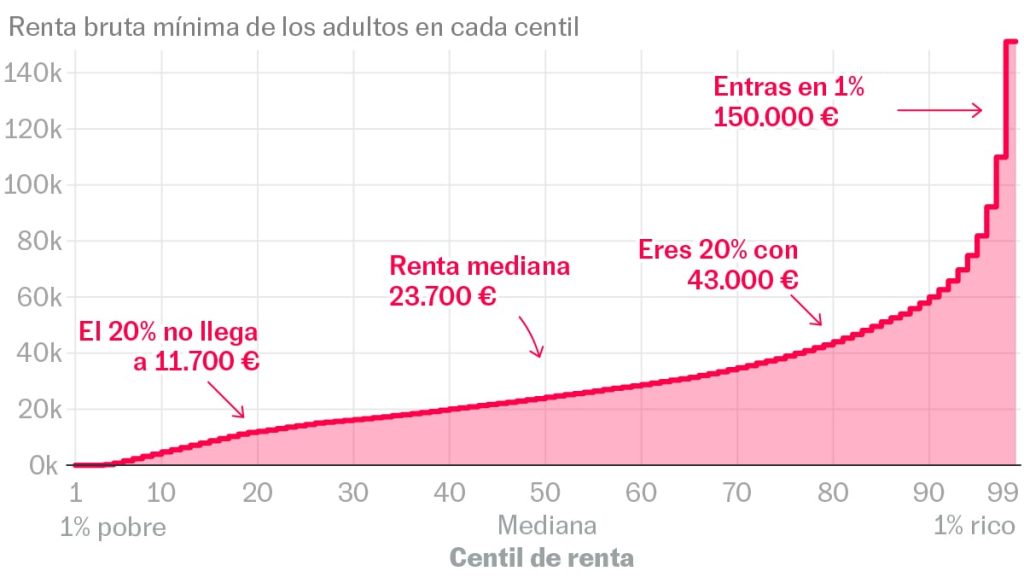This article is a submission from Kiko Llaneras’ newsletter, a subscription service from EL PAÍS. It discusses six interesting graphics on various topics including income levels, shared custody for divorced parents, bisexuality, reading habits, football success, and generational nostalgia. The first graphic explores income levels in Spain, showing that an annual income of 43,000 euros puts you in the top 20% of earners. The second graphic reveals that for the first time in Spain, the majority of divorced parents share custody, marking a significant social change. The third graphic highlights the increasing number of young people who identify as bisexual, with differences by age and gender.
The fourth graphic challenges the common belief that reading has declined, showing that more people are reading books now compared to twenty years ago. The fifth graphic celebrates the remarkable success of Spanish football teams and national team over the past two decades, winning all finals they have participated in since 2002. The sixth graphic explores the concept of nostalgia, showing that people often believe the best music, movies, and families were from the decade of their youth. This highlights the power of nostalgia and personal experiences in shaping preferences and memories.
The article also discusses the changing roles of fathers in parenting, with more men taking paternity leave and actively participating in child-rearing. It also delves into the increasing visibility and acceptance of bisexuality among younger generations, reflecting shifting attitudes towards sexual orientation. The article challenges the notion that internet has killed reading, pointing out that digital platforms offer a plethora of reading materials and that more people are reading books in their leisure time.
The success of Spanish football teams and national team is attributed to luck and probability, with an astonishing record of winning all finals since 2002. The nostalgia for past decades in music, movies, and family life is explored as a natural tendency to hold onto the memories and experiences of youth. Overall, the article presents a diverse range of topics and graphics that shed light on social, cultural, and generational trends, encouraging readers to rethink common assumptions and perceptions.















